Geocaching ~ What The Heck Is It? And How I Became Known As Ladybug
Clear back in the early 2000s I stumbled across a website about geocaching and I was fascinated by it. There were these things called geocaches hidden all over the place and it looked like they were hidden in interesting places.
At the time I didn’t know what a GPS was or how to use one but I enjoyed looking at the website. I would open descriptions and see basically where they were but without a GPS and knowing how to use it I didn’t know how to find them.
Just a year or so after I stumbled onto a website a friend in CA was meeting another friend and me in Death Valley. Come to find out he was an avid geocacher and wanted to share the fun with us. He had two GPSs, one to navigate to the area and a handheld to zero in on the geocache.
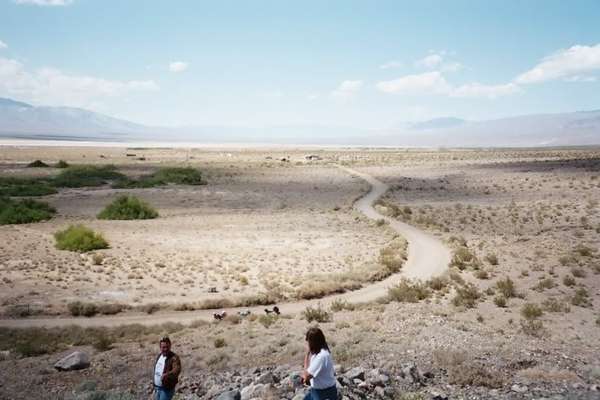
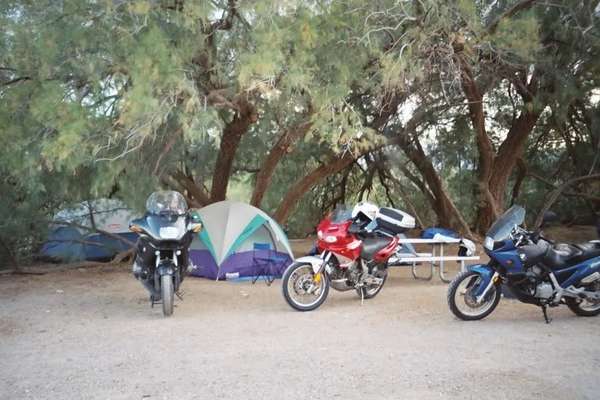
How I learned about Geocaching
Our friend explained the GPS he used to navigate to the area would only get to within 200 – 400 feet from the cache meanwhile the handheld could get us to about a 10 – 20 foot radius. His navigation GPS was mounted on his motorcycle handlebars and I was intrigued by all of this.
He also explained how the coordinates work. That was way over my head but how things worked in my world started to make a little more sense.
With the help of my friend, I discovered I could get to the area of many of the geocaches using maps and then zero in using an inexpensive Garmin E-Trex GPS. I decided to give it a try.
After that first one, I started selecting the caches much more carefully. I rarely look for urban caches now unless they are at a historic spot or something else that looks fun or interesting. Geocaches have taken me to some incredible places that I might not have gone to if not looking for a cache.
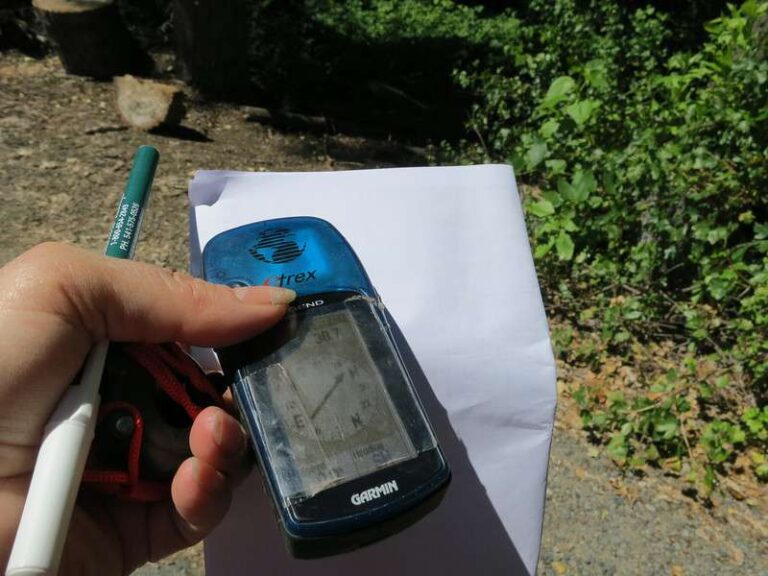
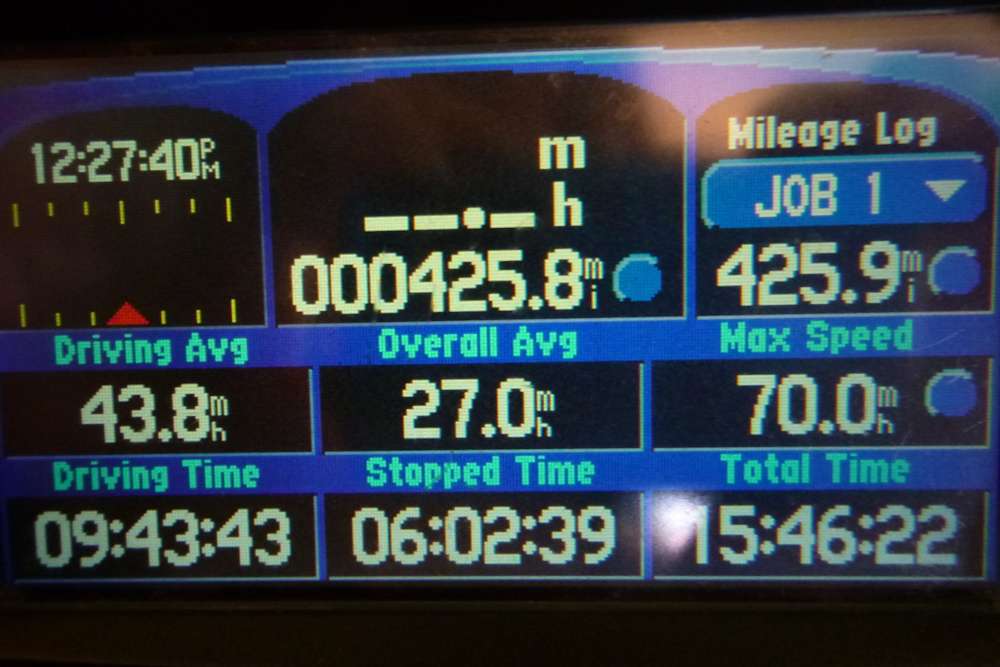
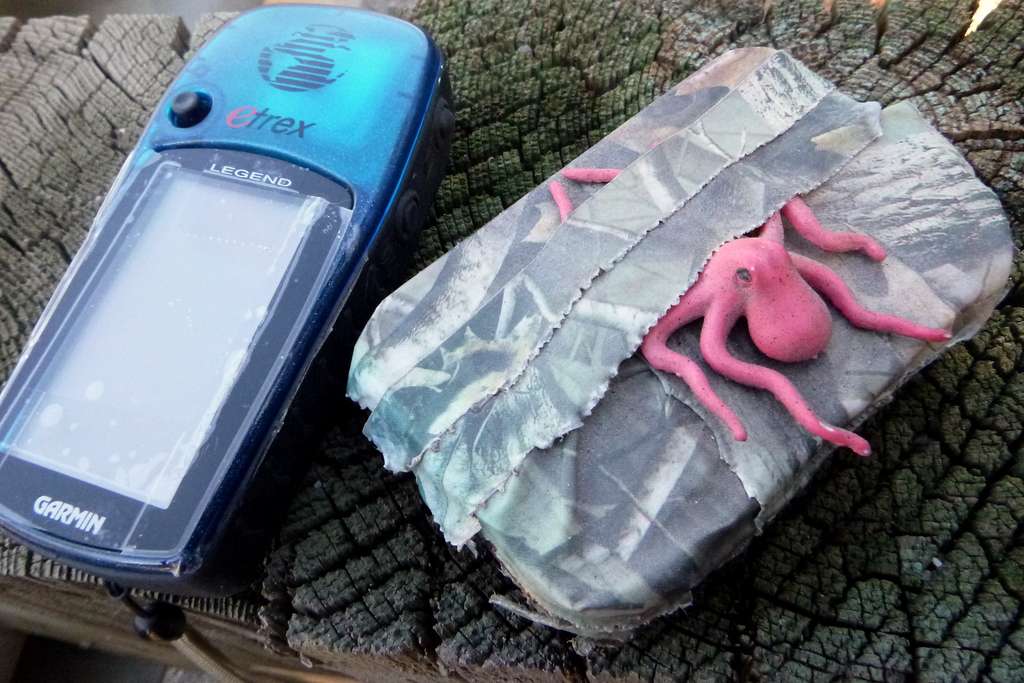
Getting Started
In 2004 I bought an E-Trex and signed up on the geocaching.com site. The E-Trex was easy to use and I was on my way. The first one I went looking for almost had me regretting what I was doing. It was so disappointing.
The first geocache I found was off in a vacant lot beyond a Walmart store and above the interstate. There wasn’t anything interesting, the view was the passing cars, but at least I was in view of people. To make things worse as I zeroed in on the cache there was more and more trash. When I got to within about 30 feet of the cache it was clear this was used as a party place or maybe even a homeless camp.
After learning a little about GPSs I later purchased a Garmin Street Pilot to make it easier to find the area I would be searching.

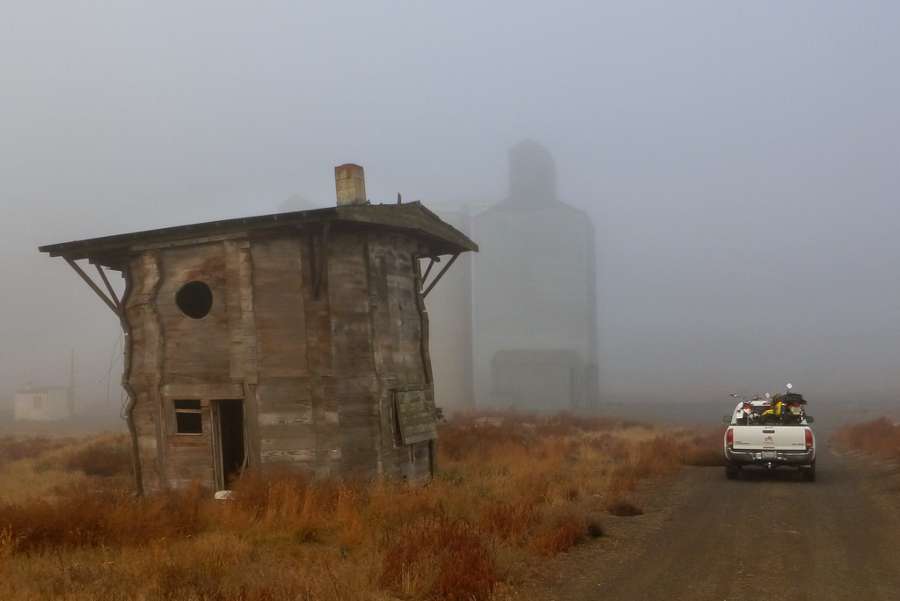
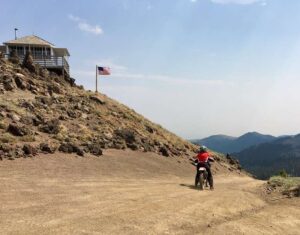
In the cache pages on the website, there is a description and people can post pictures so it’s easy to get an idea of what is there. If there isn’t much of a description or attached pictures and it’s in a town I probably won’t go look for it. Google Maps are also a good resource to see what might be around the cache area. That helps a lot when I’m in a city I’m not familiar with.
The cache pages also indicate the size of the cache, difficulty, and terrain ratings to help decide if you want to go looking for it. There are 9 different types of geocaches that I list at the bottom of this article.
When I’m getting ready to go on a trip or geocachng I add the caches to my map to be loaded into my GPSs. My routes go into my main GPS and just the waypoints go into the handheld GPS.
As I’m doing the research for caches I’m going to look for I copy the information I want off the caches pages and create own my directions. Sometimes I just print them off on a regular-sized piece of paper and take them that way. Other times I use a template I made for the size I want to print and place it in a small notebook for easy packing.
Notice the little blue frowny face on the upper left of the cache page? That’s a cache I went looking for but didn’t find. I logged it as a DNF which generates the face. If I find it then it will have a yellow smiley face. I have a lot more blue faces than yellow ones and I’m good with that since it’s all fun, found or not. The directions starting with “Old SR-195” is an example of how I set them up and print them for travel.
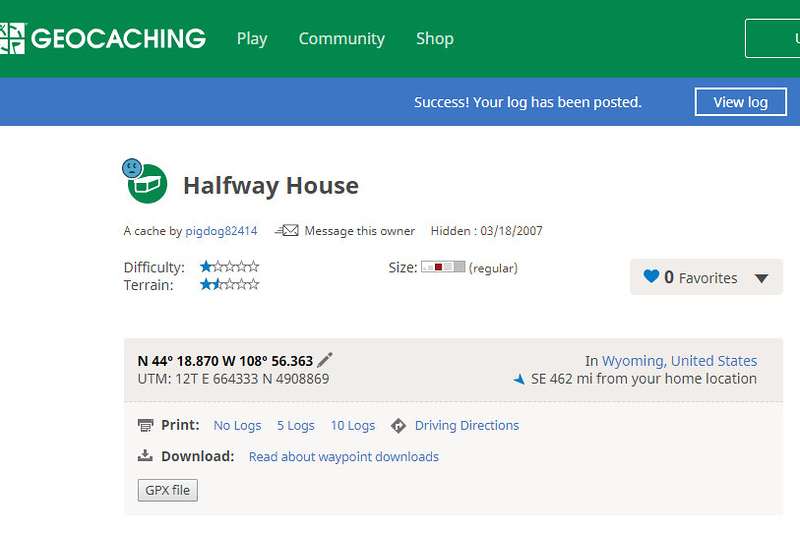
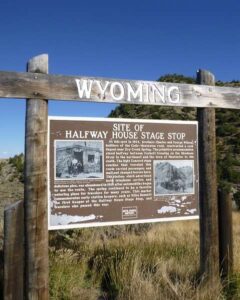
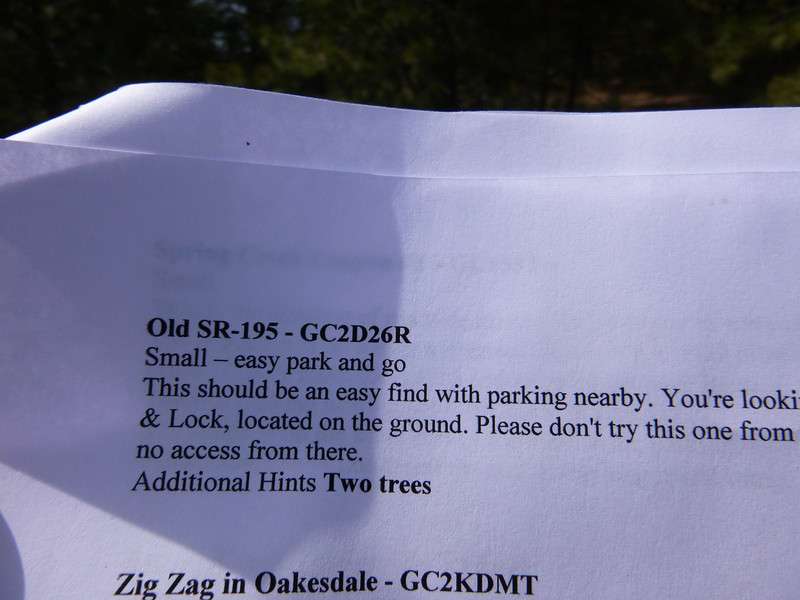
Travel Bugs
Another thing our friend told us about was Travel Bugs. It’s a trackable tag similar to a dog tag that can be attached to something and put in a cache. It is registered on the website and it can have a mission or destination assigned. The website tracks the miles it travels.
This sounded fun to so the friend that was with me in Death Valley when we met up with our geocaching friend and I decided to see what we could do with travel bugs. We activate three and they each had the mission to go to S. CA to that friend. We took them to three different caches at least 300 miles from each other and sent them on their way. It was a good reason to go for three motorcycle rides.
The Travel Bugs made their way from the Pacific Northwest to Southern California rapidly. If I remember correctly the first one arrived after only a couple of weeks and all three were there within two months. It was fun watching where they were and speculating when he would get them. He had no idea they were headed his way.
When I first started this game I spent way too much time trying to find all the caches I went for. After a while, I decided not to spend so much time looking for something that might not be there any longer. Sometimes they go missing. The friend who taught me about geocaching said he only spent 10 minutes looking and then moves on. After a lot of frustration and spending way too much time looking and not finding I started to follow his suggestion.
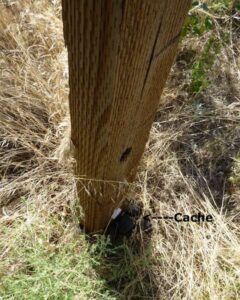
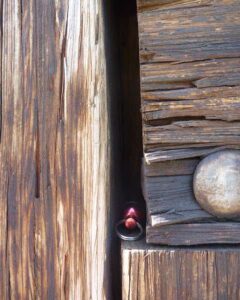
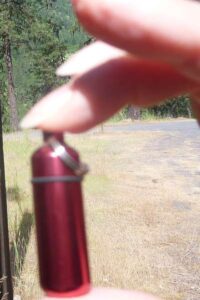
Many of the caches are fairly plain but there are also some very creative ones. I especially like the creative caches they are fun. What’s inside the caches is a variety of things. Little trinkets kids like, signature items, and even homemade goodies. It’s all about fun and a fortune won’t be found in the caches.
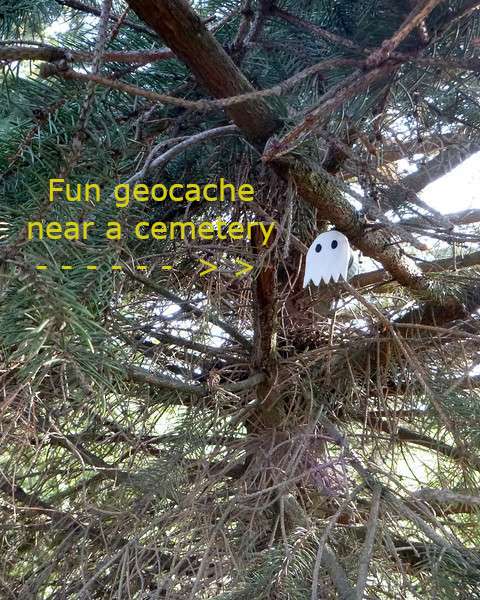
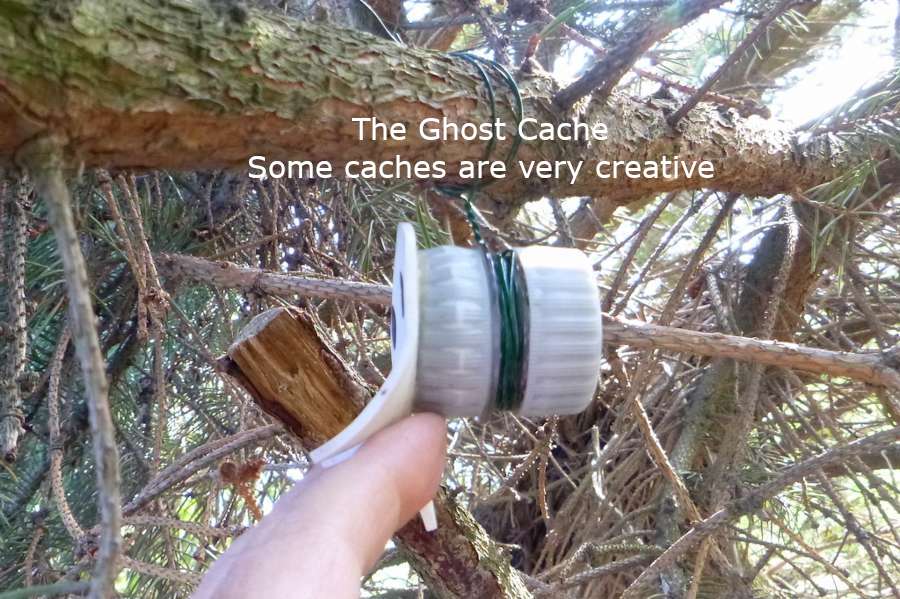
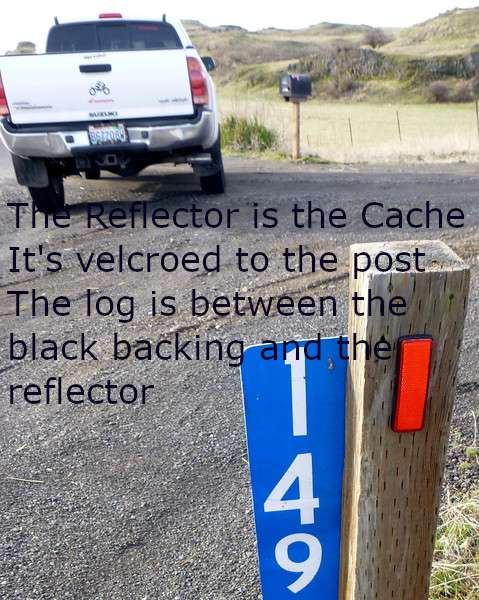
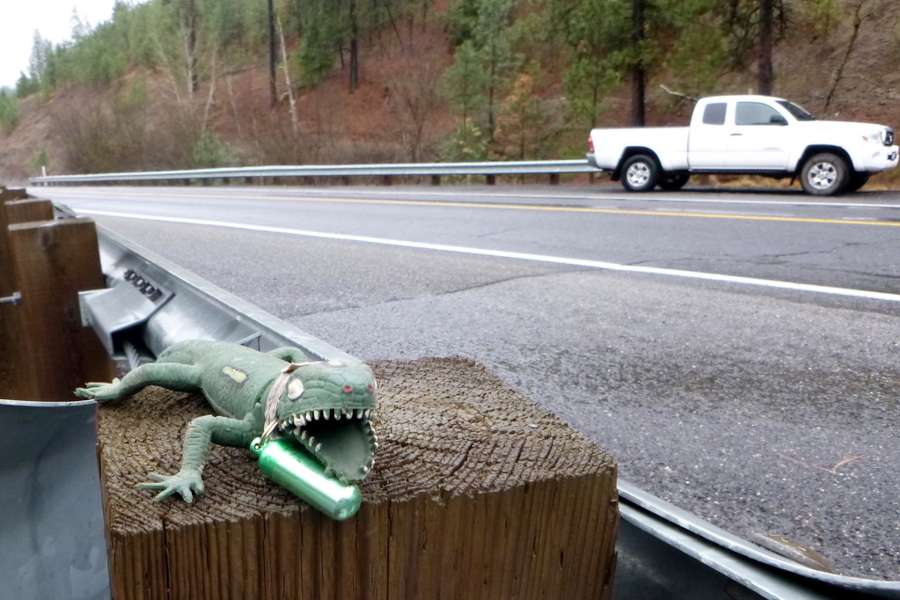
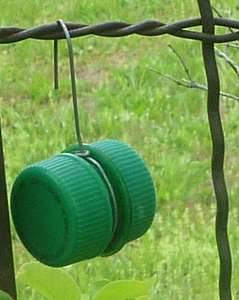
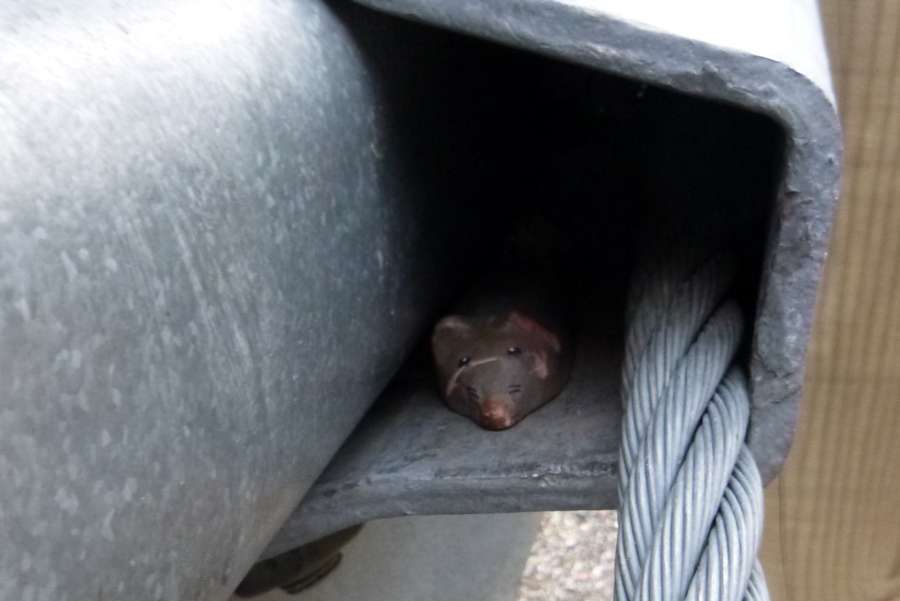
Caches Might be Easy to Find or Not
Some caches aren’t easy to find and most of those I end up not finding. Sometimes I get lucky though.
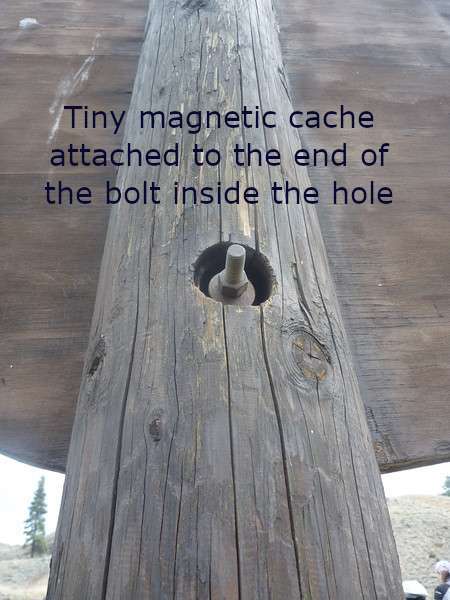
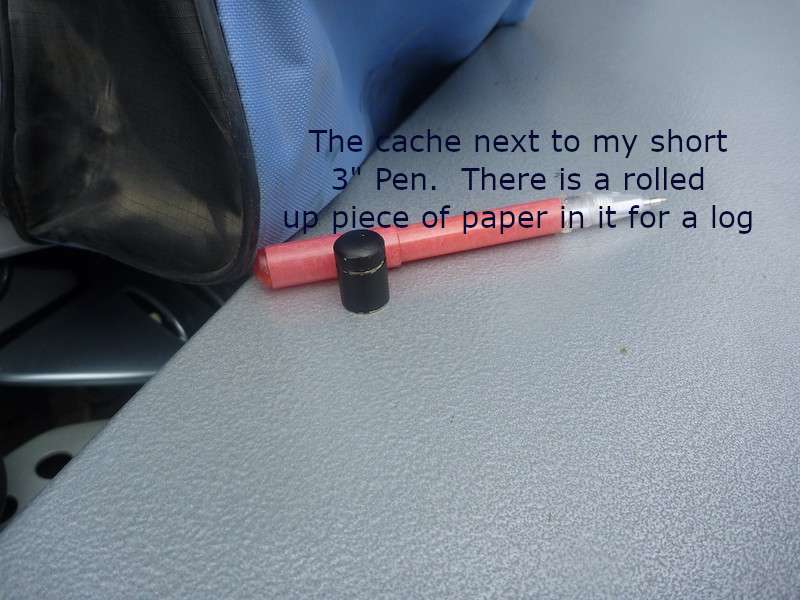
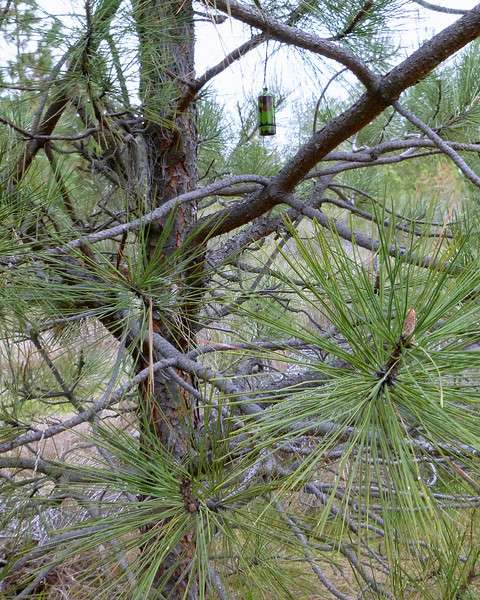
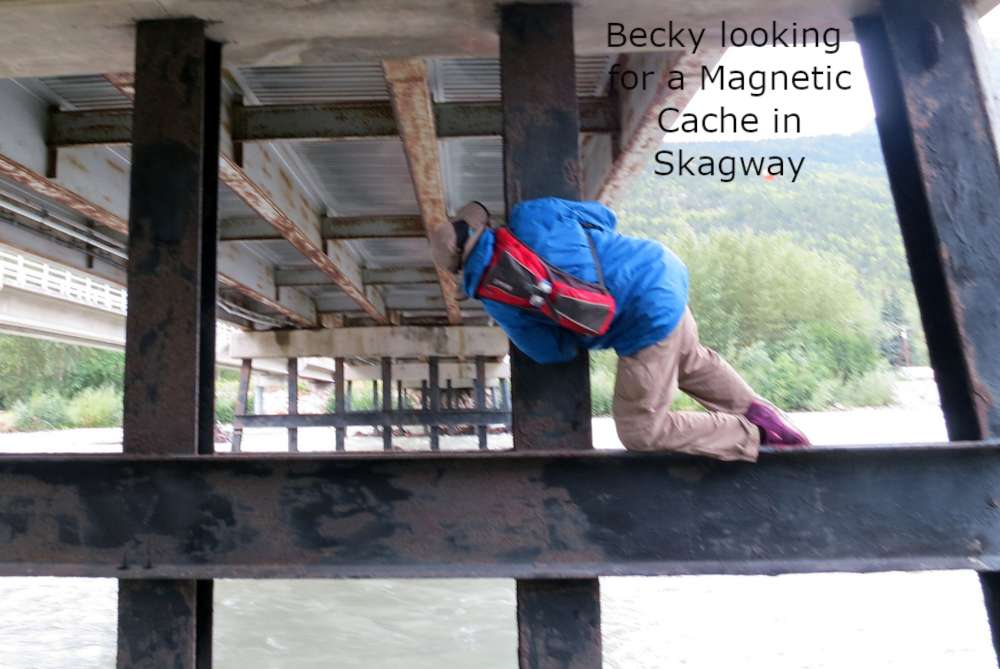
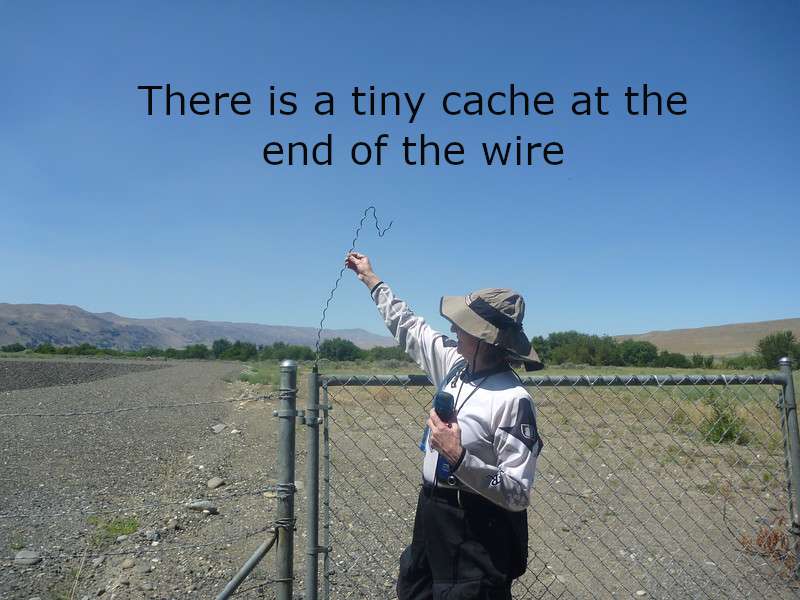

Challenges
There are different types of challenges a person can participate in. I generally don’t do those however I did do one. In 2013 Washington State Parks celebrated their 100th anniversary. To commemorate this milestone there were geocaches hidden within 100 of the Washington State Parks.
The Washington State Parks Centennial GeoTour sounded fun and it would get me to parks I hadn’t been to yet. I downloaded my “passport” and off I went to collect the stamps for it. Within the caches a self-inking stamp was provided.
Once the passport had 50 or 100 stamps there were geocoin prizes. The Challenge ran from June 2013 through September 2016. I visited a number of State Parks but I didn’t get 50 stamps. I did visit parks I hadn’t been to before and that was the goal.
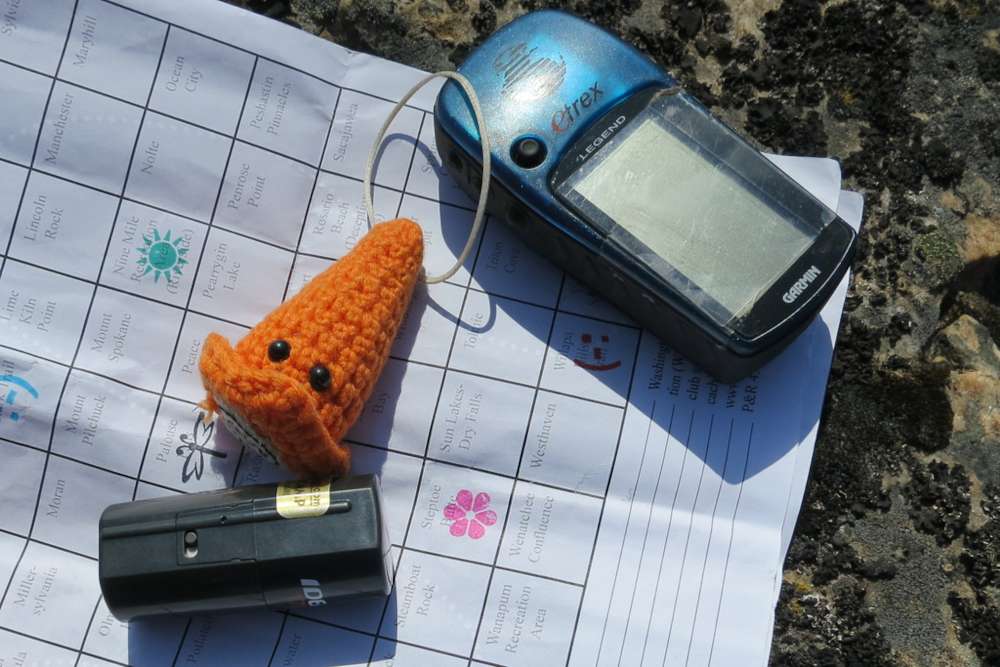
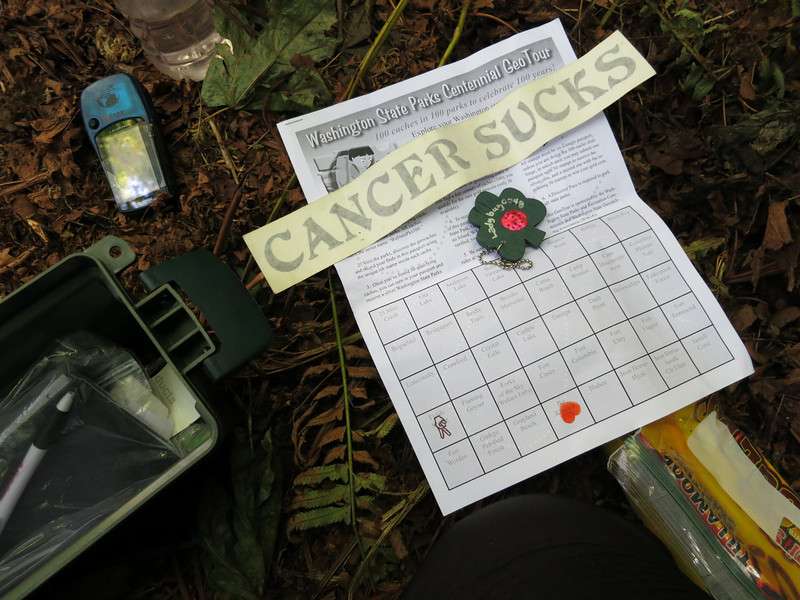
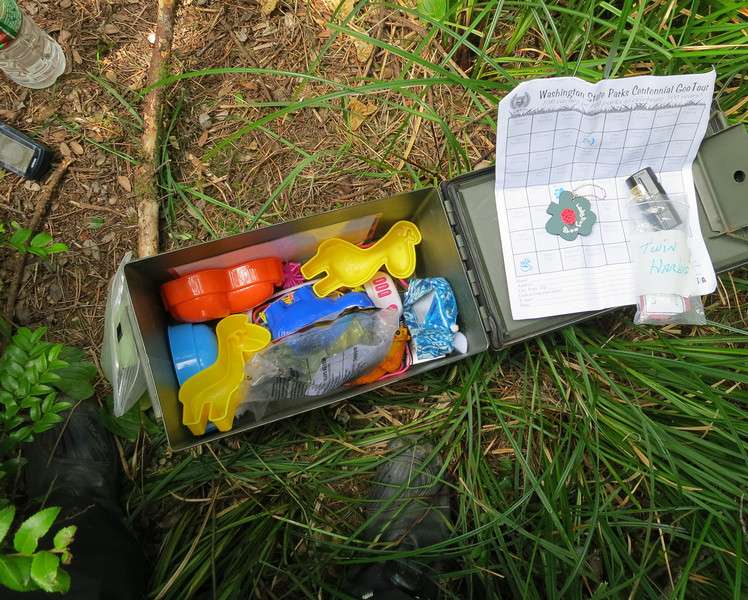
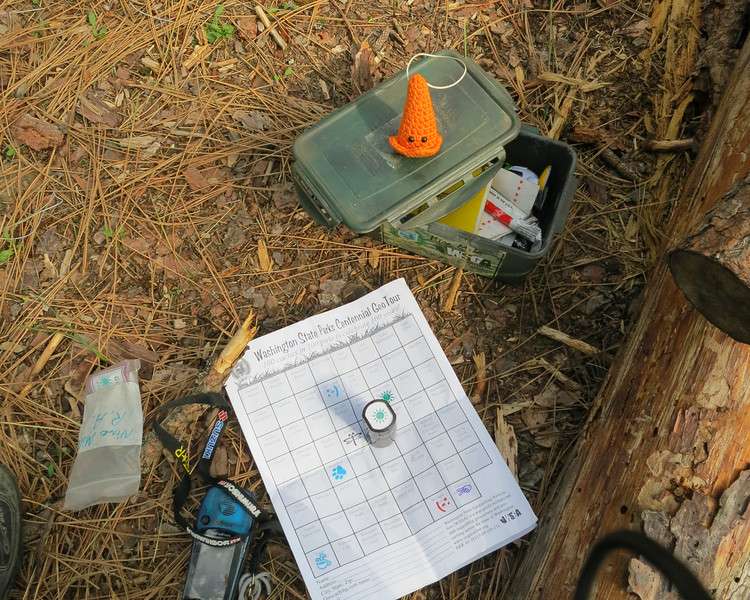
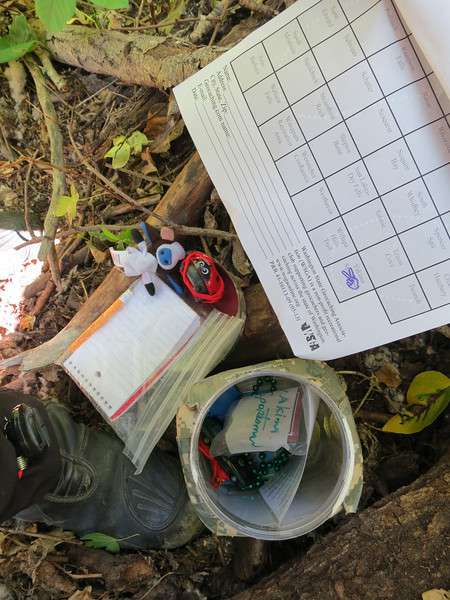
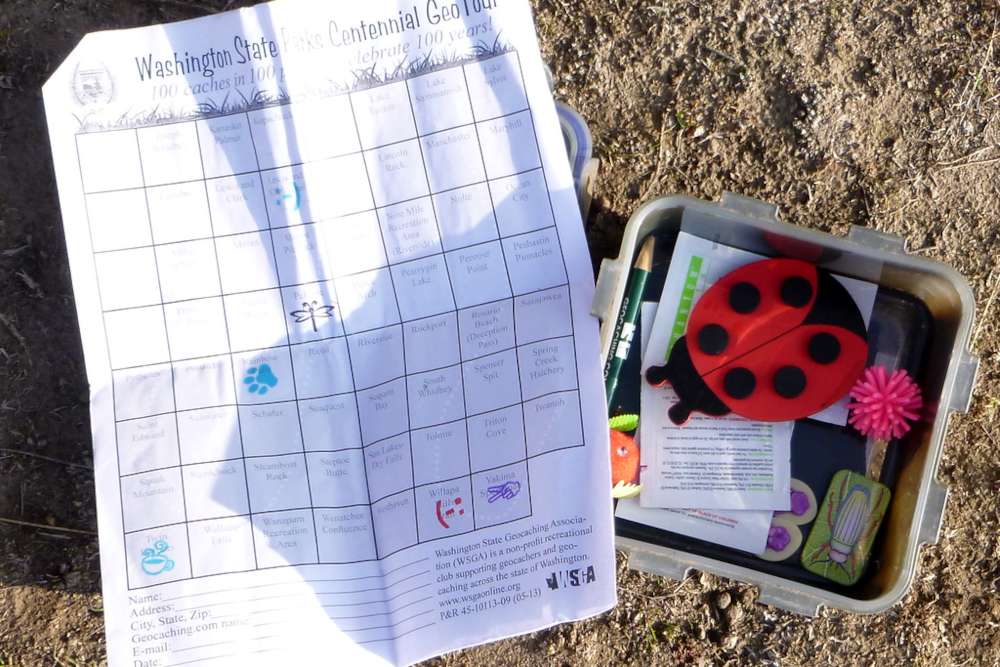
Fun After Dark
A fun way to look for geocaches is going at night. I haven’t done this very much but I think I will more in the future. If doing night caching I need to be careful not to go to do it in places that I will appear that I’m engaging in illegal activities. Being respectful of people property is also important. Some cache pages note night caching isn’t appropriate for that cache. I also don’t do night caching at cemeteries because I respect them and it might not be appreciated. That’s not a rule just what I do or don’t do.



Oh the Places I Have Gone, in Search of a Cache
Over the years I have had so much fun geocaching and found some interesting things I wouldn’t have seen otherwise. I often get so interested in the area I am in and often forget to actually look for the cache. Then there are all the ones I looked for but didn’t find.
After all these years I have only logged 607 found caches. I have forgotten to log some that I have found though. Heck, with the folks that play the game for the numbers they might log that many after just a few months or less.
I like the way I geocache and I’m OK with not having big numbers next to my name.
These are a few of the places I have gone to because of geocaching:
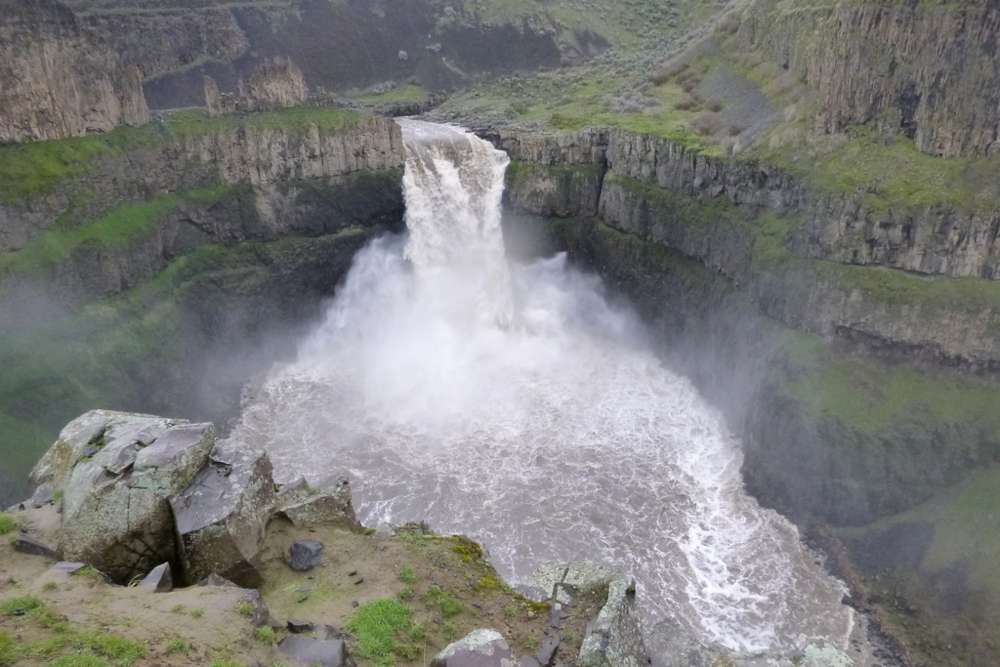
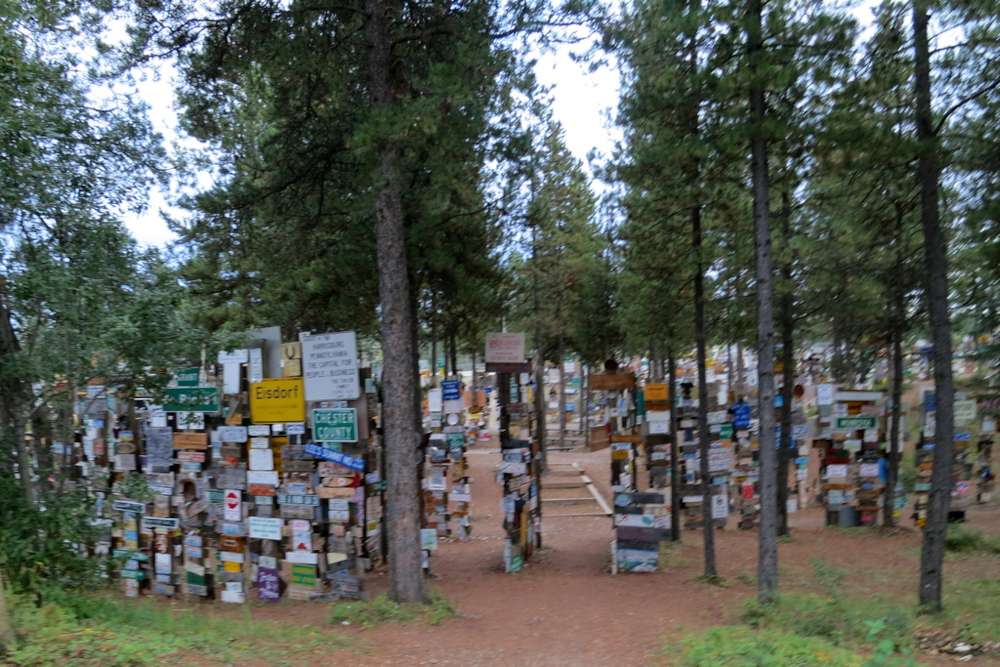
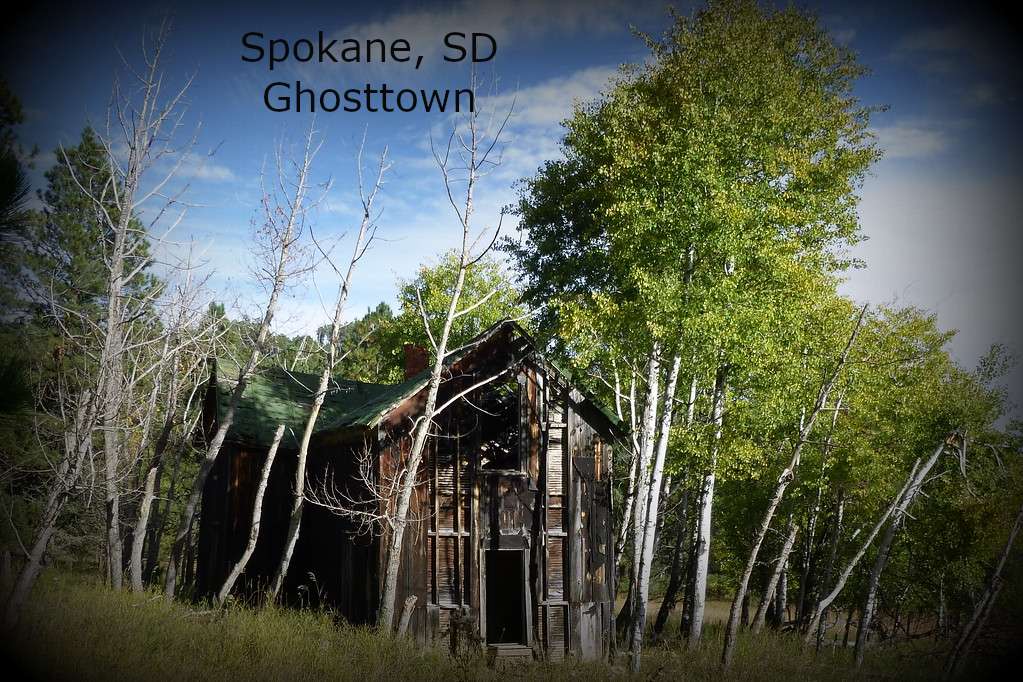
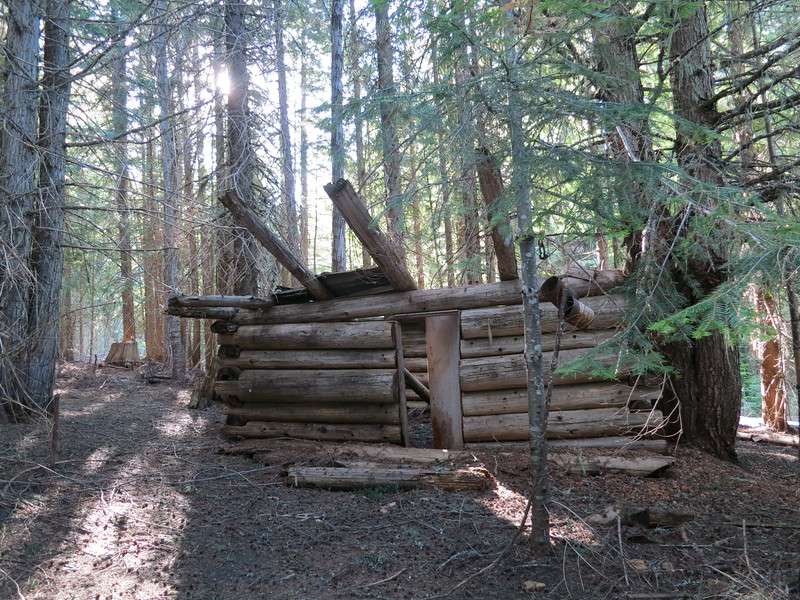
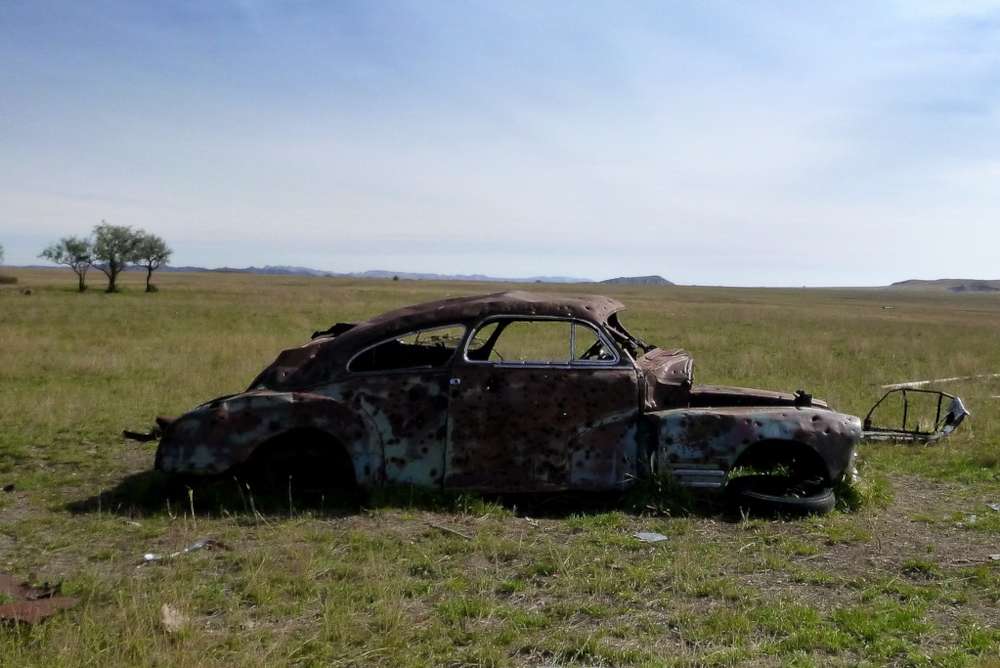
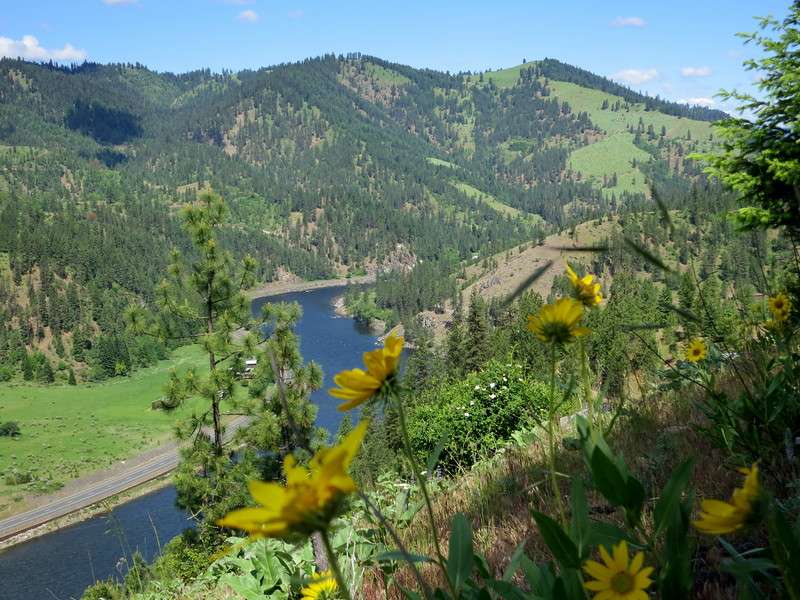
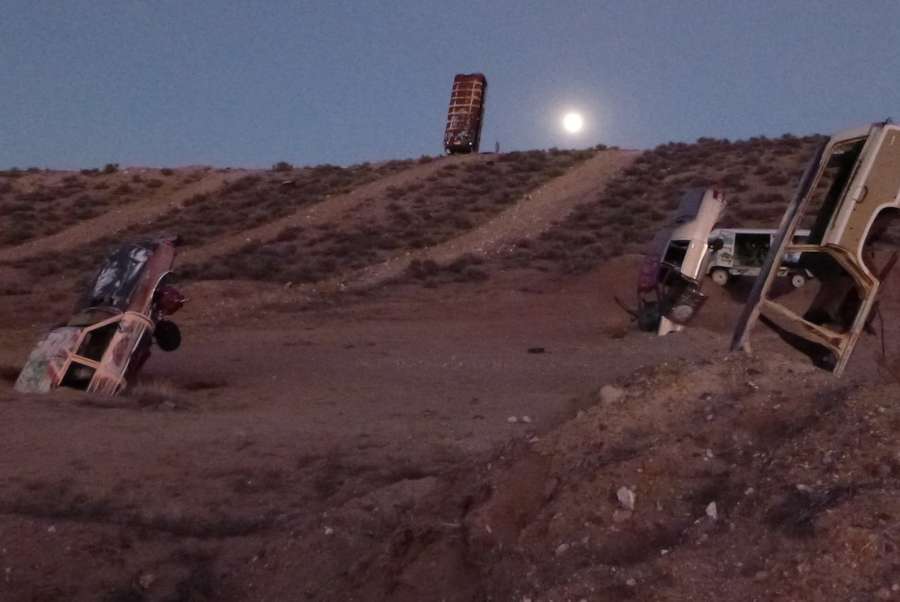
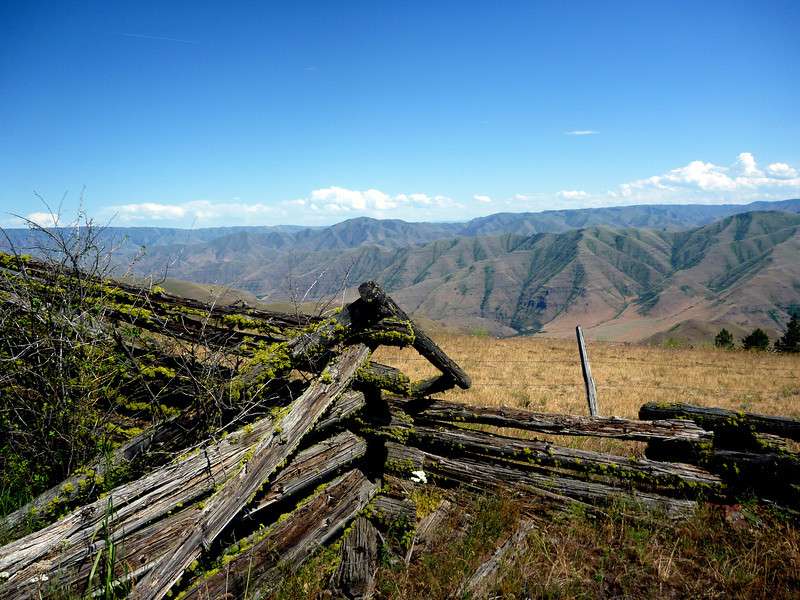
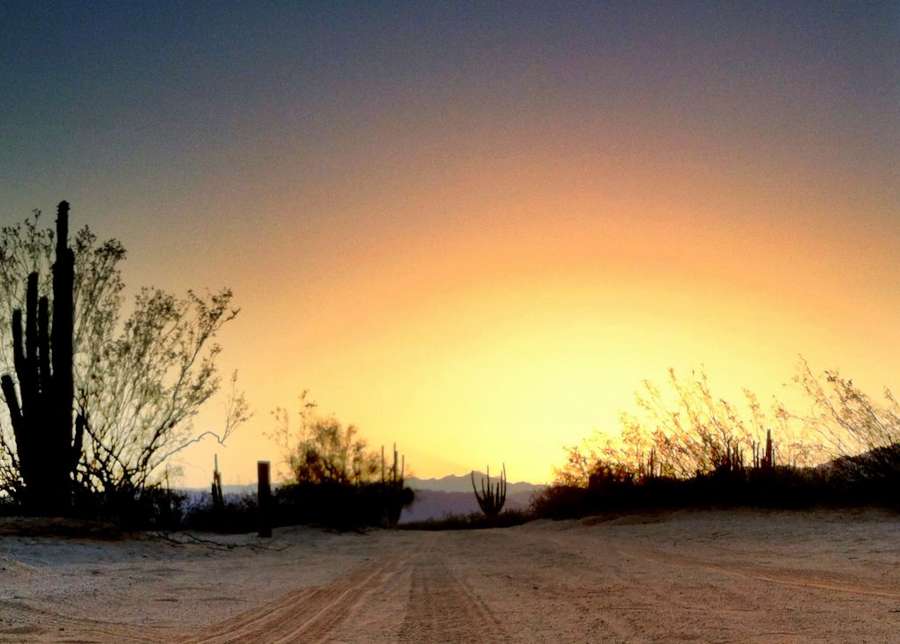
Becoming Ladybug
Back when I joined the geocaching site I needed to select a user name and I was stumped as to what it would be. My friend had told me that some cachers leave a “signature” item in the caches. It might be a wooden disc with their user name on it or a toy that represents their user name, etc.
That sounded fun so I went in search of a signature item before I selected my name. I found inexpensive key chains with wooden ladybug attached. The ladybugs had tiny toy compasses on their back. I thought that would make a terrific signature item. I ordered a number of them and took on the user name Ladybug. I took the Ladybug name into the motorcycle world and use it for all things motorcycling. And that’s how I became Ladybug.
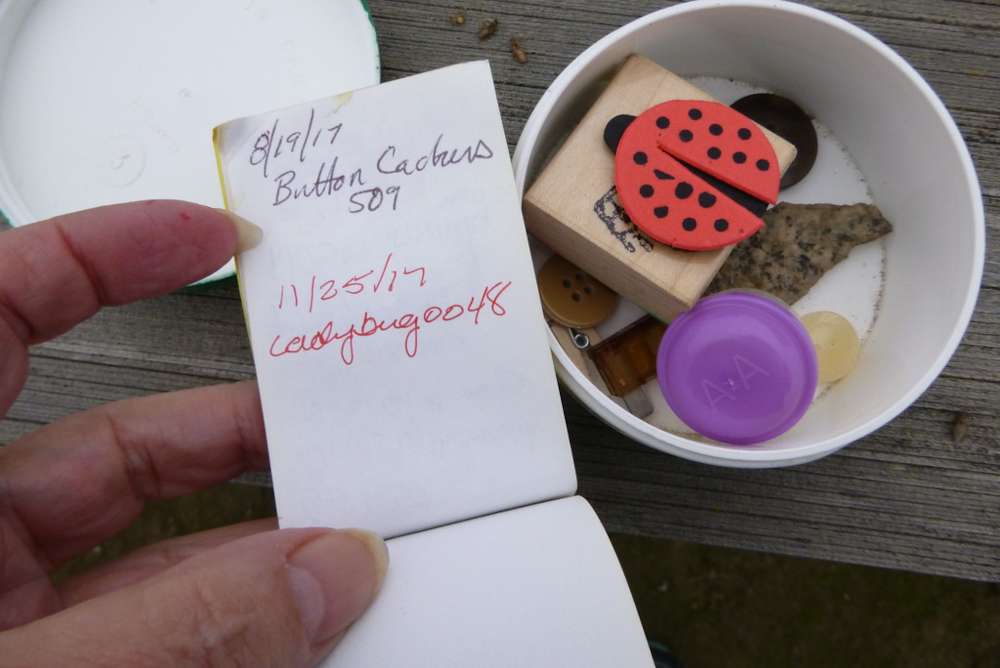
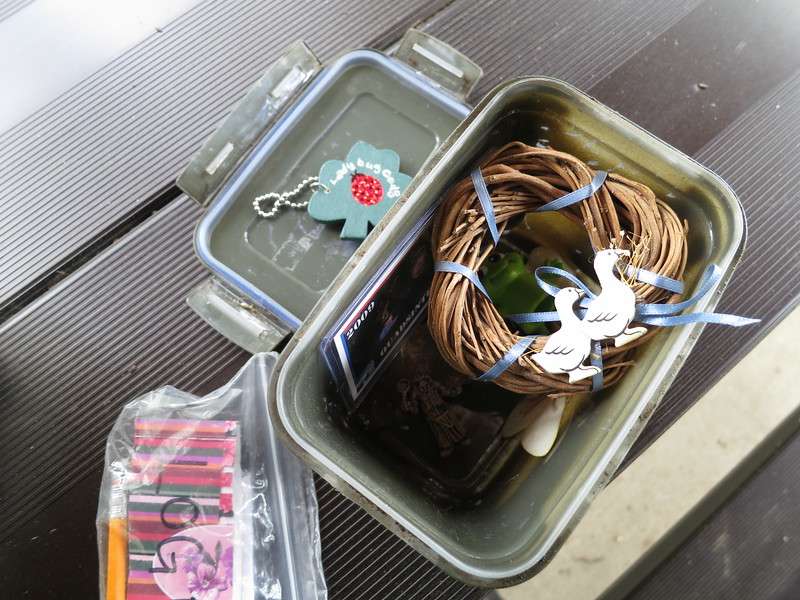

Where the Caches Come From
With all the caches out there they have to be placed by someone. They are placed by the members of the geocache community. I have some caches out there too. There are rules to follow when placing the caches and creating the cache pages.
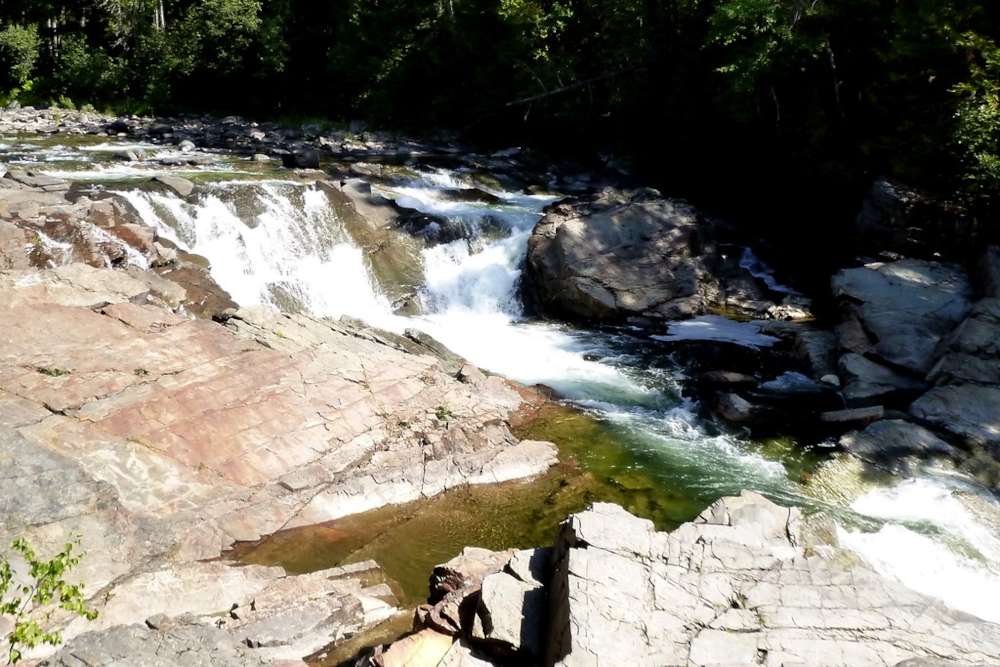

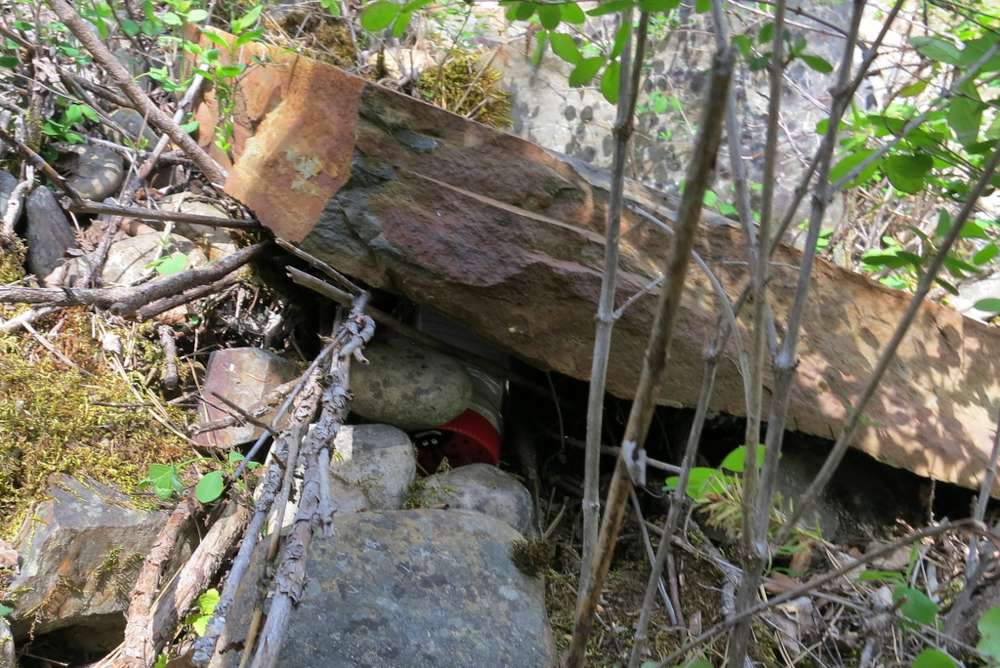
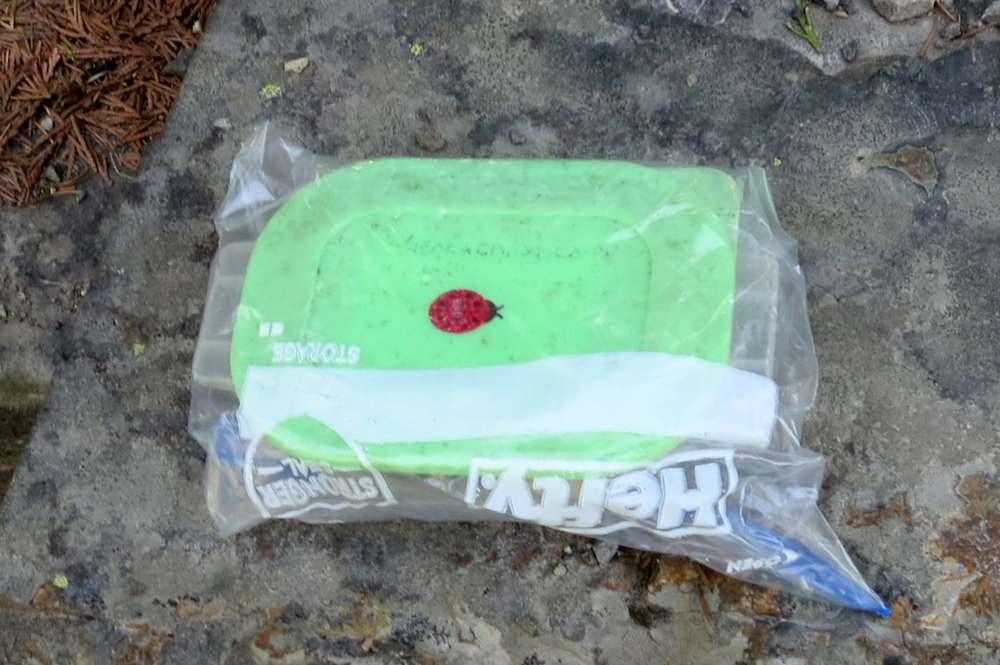
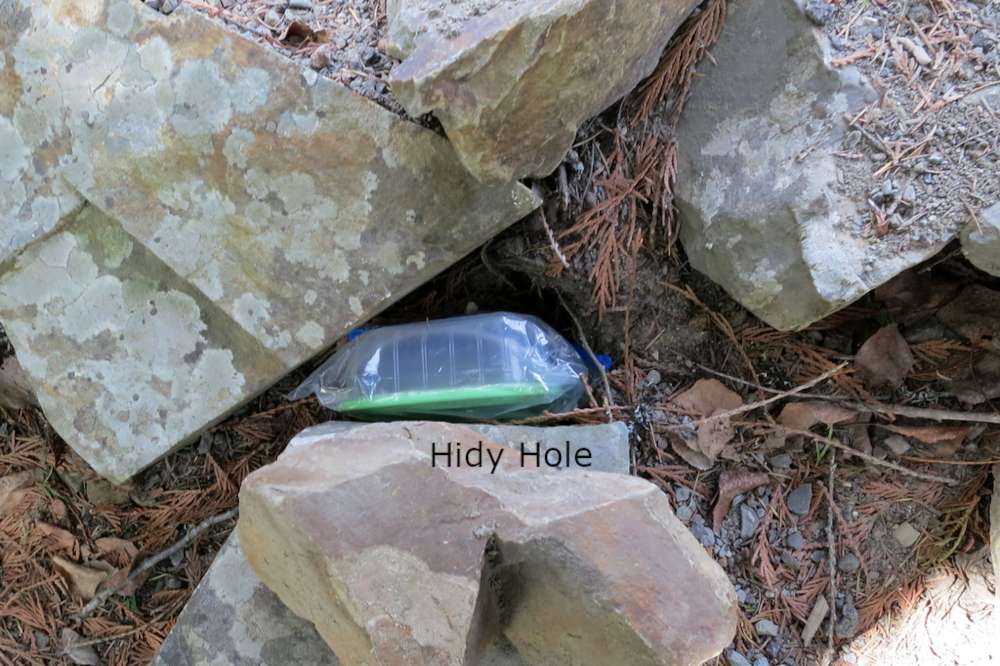
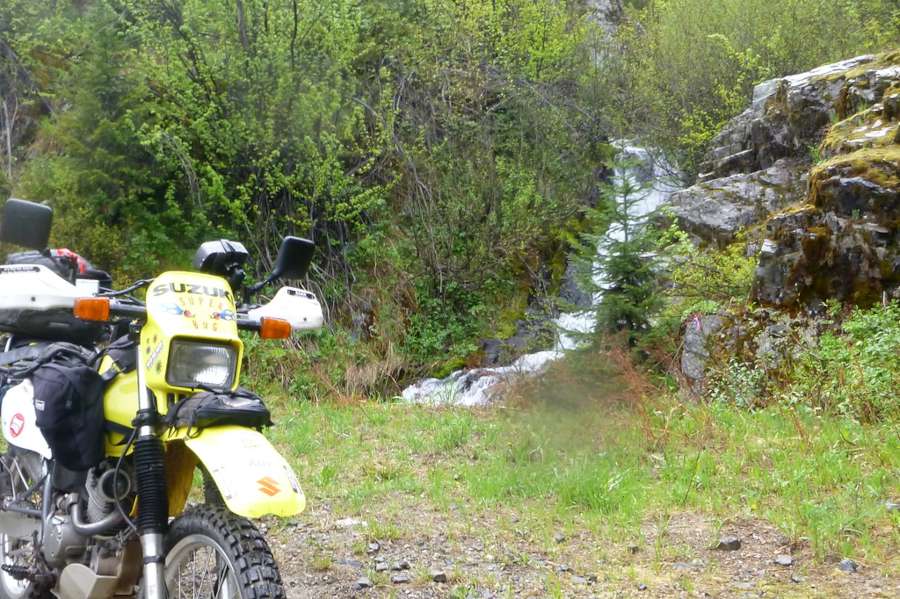
Are You Ready to Start Geocaching?
If you are interested in starting to geocache these two links will get you going:
The website which lists caches and provides in-depth resources.: www.Geocaching.com
Geocaching 101: www.geocaching.com/sites/education/en/
The rules for geocaching are simple:
- Find the cache
- Take something from the cache
- Leave something in the cache
- Write about it in the logbook and website
Geocaching History
Geocaching was started in the Pacific Northwest in 2000 after the U.S. government turned off “selective availability,” the intentional degradation of the GPS (Global Positioning System) signal available to civilians. Consumer GPS units instantly became 10 times more accurate.
Groundspeak Inc. supports Geocaching.com with its headquarters in the Fremont District of Seattle, WA. There is a visitor’s center there, which can be visited by appointment. They also host events every so often.
There is so much more that can be done with geocaching including group activities. I only do a little bit of looking for caches but now that I’m retired I might do more.
Geocaching pairs well with motorcycling and camping. There have been some terrific out-of-the-way campgrounds I have found because of a geocache nearby.
Geocache Sizes &Types
copied from geocache.com
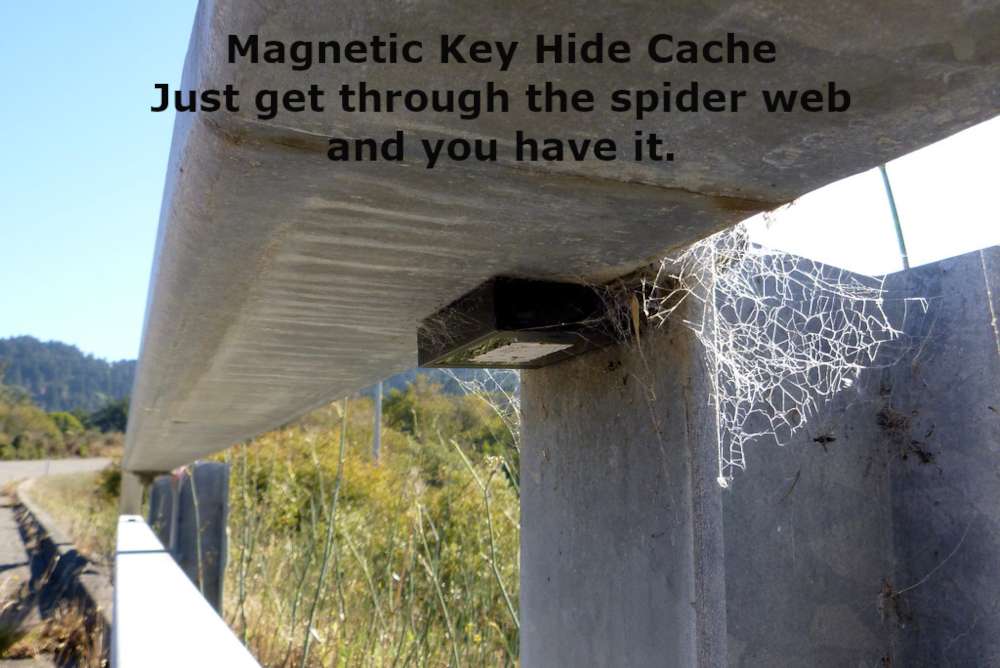
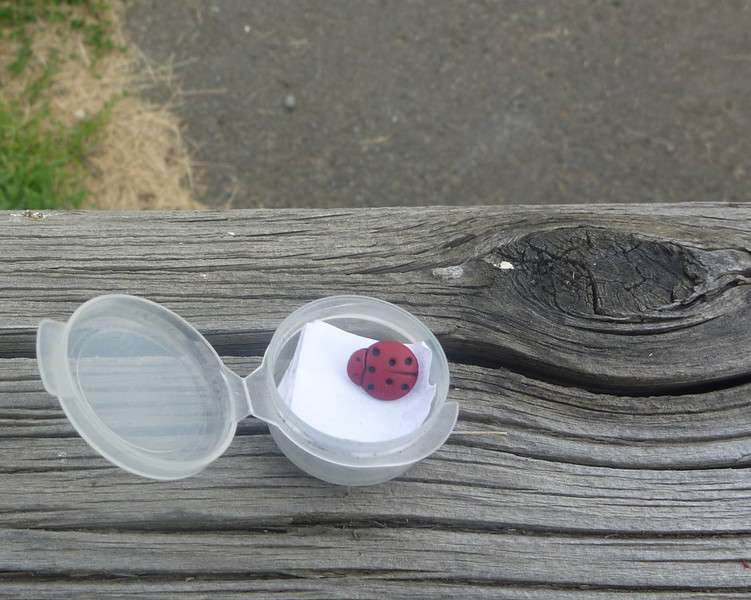
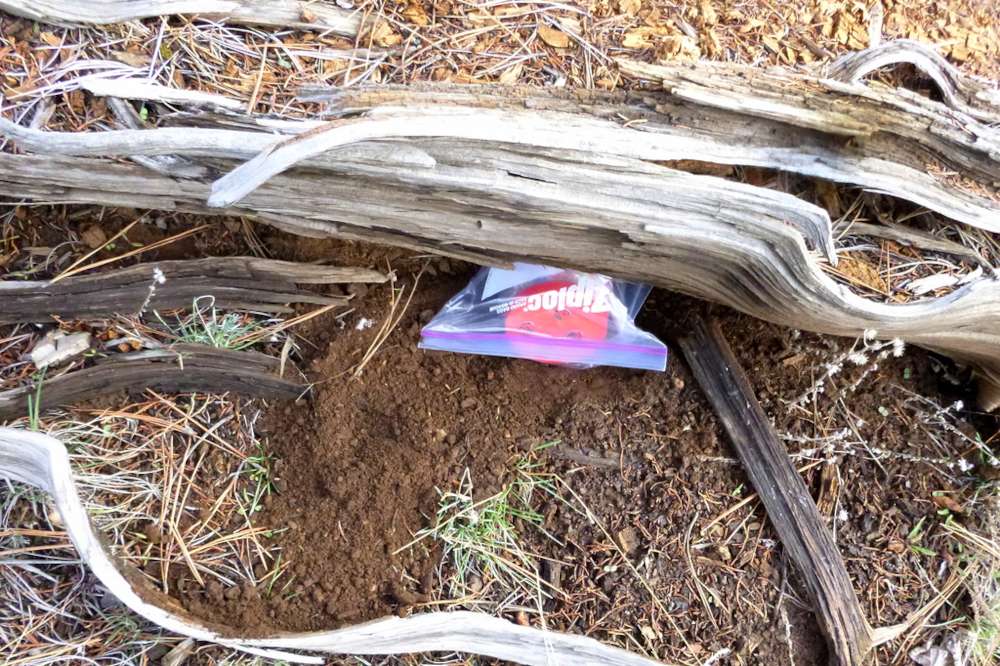
Geocaches come in all shapes and sizes. The definitions below can help you choose the correct size for your cache. The names of container sizes differ slightly between our website and app, but the definitions are the same.
Micro (XS) Micro containers are less than 100 milliliters. They’re about the size of a film canister, or smaller. They can hold a tiny logbook or log sheet. If a micro cache is less than 10 milliliters, it’s often called a nano cache.
Small (S) Small containers are 100 milliliters to 1 liter. They’re about the size of an apple. They can hold a small logbook and trade items.
Regular (M) Regular containers are 1 to 20 liters. They’re about the size of a shoebox. Many of these caches are ammo cans.
Large (L) Large containers are more than 20 liters. They’re larger than a shoebox. Buckets, bins, or even railroad freight cars can be large containers.
Other (–) Some containers just don’t fit into size categories, like a magnetic sheet with a logbook attached. See the cache description for more information.
This is the original type of geocache and the most straightforward.
These geocaches will be a container at the given coordinates. The size
may vary, but at minimum, all of these geocaches will have a logbook.
Larger containers may contain items for trade and trackables.
The “catch-all” of geocache types, this type may involve complicated
puzzles that you will first need to solve to determine the correct
coordinates. Mystery/Puzzle Caches often become the staging ground
for new and unique geocaches that do not fit in another category.
These geocaches involve two or more locations, with the final location
being a physical container with a logbook inside. There are many
variations, but typically once you’re at the first stage, you will receive a
clue to the whereabouts of the second stage. The second stage will
have a clue for the third, and so on.
An EarthCache is a special geological location people can visit to learn
about a unique feature of the Earth. EarthCache pages include a set of
educational notes along with coordinates. Visitors to EarthCaches can
see how our planet has been shaped by geological processes, how we
manage its resources and how scientists gather evidence. Typically, to
log an EarthCache, you will have to provide answers to questions by
observing the geological location. For more information about
EarthCaches visit http://www.earthcache.org/.
An Event Cache is a gathering of local geocachers or geocaching
organizations. The Event Cache page specifies a time for the event and
provides coordinates to its location. After the event has ended, it is
archived.
Cache In Trash Out is the environmental initiative supported by the
geocaching community. The main aim of this program is to clean up and
preserve the natural areas that we enjoy while geocaching. These events
are larger gatherings of geocachers that focus on litter clean-up, removal
of invasive species, planting trees and vegetation and trail building.
A Mega-Event Cache is an Event Cache that is attended by 500+ people.
Many Mega-Events offer geocachers a day of planned activities. There
are often several days of additional activities surrounding a Mega-Event.
These large events attract geocachers from all over the world and are
often held annually.
This is one of the rarest geocache types available. A Giga-Event Cache is
an event that is attended by 5000+ people. These events are similar to
Mega-Events and may include activities, could last several days and are
usually held annually. Since Giga-Events are so rare, they attract
geocachers from all over the world.

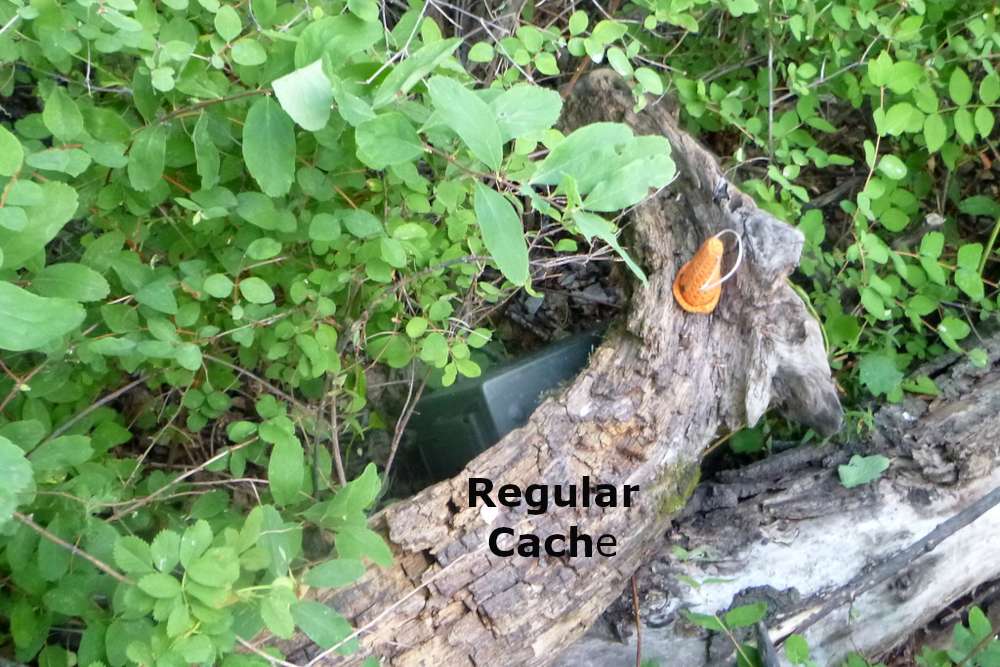
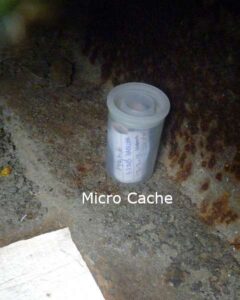
Some Fun Tidbits about Geocaching and Geocaches
Located in Mingo, Kansas. Hidden 5/11/2000
1157 geocaches in Nevada in a span of just 24 hours by a team of four cachers.
There are more than 3 million active geocaches worldwide.
Geocaches are hidden in 191 different countries on all seven continents (even Antarctica)!
More than 642 million “Found it” and “Event Attended” logs have been recorded since the game started in 2000.
Was placed in a cache in August 2001
The most found geocache in the world is GC189E5 in Prague. With over 25,000 visits since it was published in 2008, Prague Bridges 1 – Karluv most holds the title of most found cache on the planet. The 1/1 micro is hidden underneath the famous Charles Bridge, over the River Vltava in the Czech capital.
Is located at Mount Everest Base Camp on the Tibetan side of the world’s highest mountain!
Was hidden in a forest just outside of Portland, Oregon
There are underwater caches and an entire list of caches that can be found.
Is a Nano Geocache and is about the size of a pencil eraser and only has a log in it.
The word ‘geocache’ was added to the Scrabble dictionary in 2014
A frog named Signal that first appeared in 2003
The nickname for the Groundspeak Headquarters.
A Changing World
Things have changed with geocaching over the years just like most things. There are now apps for phones and printing off paper directions is no longer necessary. The phone apps make things a lot more convenient but I rarely use my phone for that. I like the old-school way of doing so I still go that route. There are times though when I’m somewhere and think it’s would be a good place for a cache so I will pull out my phone and check. If there is one, I will use the phone to try to find it. There are so many options with geocaching.
I hope you will get out there and do some geocaching yourself. Enjoy the search and be sure to enjoy the flowers along the way.